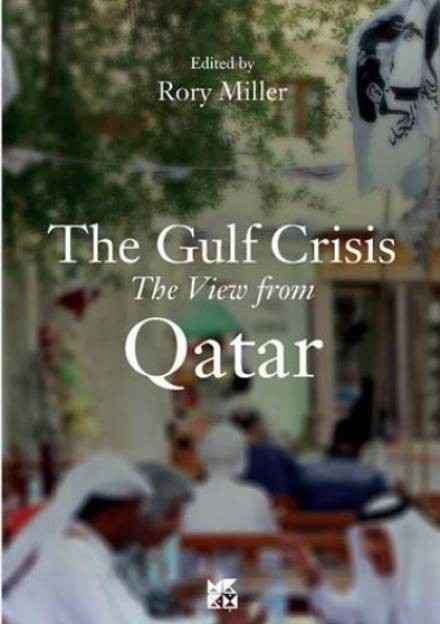The Gulf Crisis, Views from Qatar
With the potential for an end, or at least easing of tensions, in the GCC, it seems an interesting moment to look back and see what the perspectives were when the crisis started. "The Gulf Crisis: The View from Qatar" (2018), edited by Miller, gives a set of perspectives on a wide range of issues, with contributions written in the first year after the UAE, Saudi, Bahrain and Egypt cut ties and closed borders as well as airspace with Qatar. A few notes:
One of the most dramatic shifts for Qatar has been increasing domestic production, notably for food products, but also for a wide range of other commodities that were previously primarily imported. For example, a national food security plan re-oriented the food system, with targets set for domestic production of specific food commodities (notably fresh milk and poultry are to be 100% domestic supply by 2023) and explicit objectives to diversify the sources of imported items. Dr. Ansari (p. 33) says the events will "forever be viewed as a turning point for Qatar's food system", looking back from 2021, this rings just as true today as it did then.
The long-term investment in culture, arts and sport, which long preceded the events of 2017, appear to have had multiple positive benefits for Qatar. One component relates to diversifying the economy, while another acts as a means to build linkages with partners around the world (while FIFA is well publicized, international sporting events are regularly held in Doha).
Partly due to the external pressures of internationalization (particularly FIFA), during this period Qatar departed from the employment and labour standards from the region, such as making it easier to transfer employers and introducing a higher minimum wage. Although long in the planning, during this period Qatar also moved forward plans to introduce elected members of government (advisory council), which are scheduled for 2021. These, and a number of other domestic policy issues, were transformed during this challenging period, arguably making Qatar much better placed (e.g. investment, residency rights, work) in relation to its neighbours following the crisis (see chapter by Dr. Mitchell). However, the economic growth and investment is not outward, another domestic shift during this period was the development of domestic entrepreneurship. Dr. Tok (p. 39) argued the crisis was an opportunity to foster domestic entrepreneurship. While it is unclear how new businesses will manage in the long term if/when trade fully re-opens, what is clear is that there is a much greater recognition and support for Qatari-produced products.
One interesting contribution of this volume covers a much less reported on aspect of the crisis: its manifestation across Africa. A number of other nations followed suit (Chad, Comoros, Mauritania and Senegal cut diplomatic ties, while Djibouti, Gabon and Niger downgraded their ties). This is covered by Harry Verhoeven (p. 136-144) and should be an area of increasing focus, as the influence of the Gulf expands. As a non-tech expert, the extent of cybercrime (and its central role in the Gulf Crisis), at least in my circle, appears to attract far less attention than it should (see p. 109-118 by Joseph J. Boutros).

